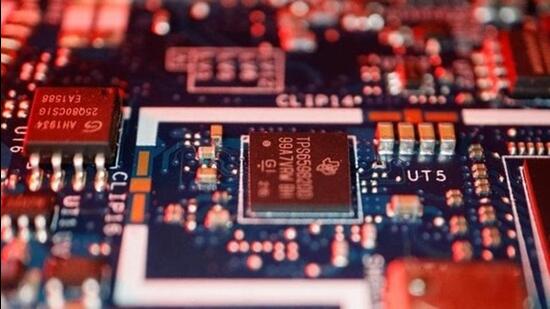UP, Gujarat to offer new incentives for electronics component makers

Uttar Pradesh and Gujarat are set to unveil additional incentive schemes to complement the Centre’s electronics components manufacturing programme, as both states compete to attract investors in the burgeoning sector.

The moves come as the two states prepare to host major semiconductor facilities, positioning them as emerging hubs for India’s electronics manufacturing ambitions.
Gujarat’s policy is “under active consideration and will be announced soon,” according to Mona Khandhar, principal secretary in the state’s department of science and technology. However, she declined to reveal specifics, citing the policy’s pending approval.
Uttar Pradesh’s “electronic component promotion policy” is in its final stages of notification and will combine performance-linked incentives with capital subsidies, people aware of the matter told Hindustan Times.
The announcements follow similar initiatives by Assam and Tamil Nadu, reflecting a broader state-level push to capitalise on the Centre’s ₹22,919-crore Electronics Components Manufacturing Scheme (ECMS).
Notified in early May by the Union IT ministry, the ECMS aims to build a robust ecosystem for passive electronic components such as resistors, capacitors and inductors, targeting both global and domestic investments. Active components like chips and transistors fall under the separate India Semiconductor Mission.
Also Read: Govt gearing up for 3rd electronics manufacturing cluster in U.P.
Both Gujarat and UP are strategically positioned with upcoming semiconductor projects. The Tata Group’s fabrication unit in Gujarat is currently under construction, while the HCL-Foxconn OSAT facility near Jewar’s Noida International Airport was announced earlier in May.
The semiconductor presence provides a crucial advantage, as Assam chief minister Himanta Biswa Sarma explained in a recent interview. The state is pursuing an aggressive top-up scheme to leverage Tata’s ecosystem of utilities, services and infrastructure.
“We don’t want this ecosystem to serve only semiconductors. It should be leveraged by other sectors too, like electronics component manufacturing,” Sarma told HT.















